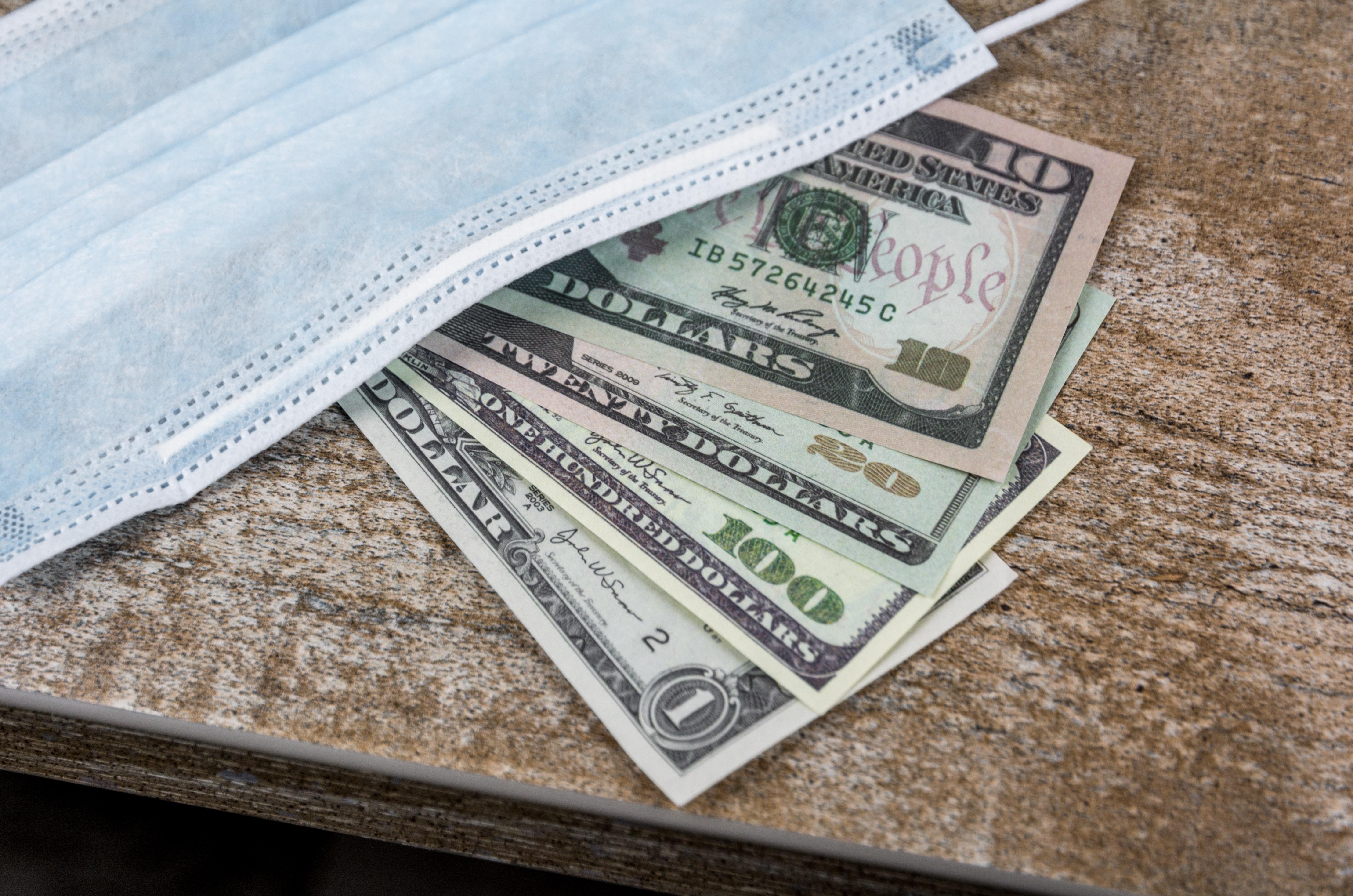Short- and Long-term Effects of COVID-19 Restrictions on Equine Markets

COVID-19 pandemic-related restrictions produced a recession, which economists typically define as two consecutive quarters of decline in GDP (gross domestic product) growth. Like every other business sector across the globe, the equine industry has been affected by COVID-19 related restrictions. We are now only starting to be able to assess short-term impacts, and it will be some time before the long-term impacts are fully understood. While we can look to recoveries from past recessions for insight, the contraction initiated by COVID-19 shutdowns is far different from earlier recessions, rendering historical information less predictive of the recovery path.
Across the globe, restrictions faced by equine industry participants have varied. Some governments mandated the closure of equine facilities to reduce the spread of the virus and minimize risks of injury, while others delegated responsibility to equine enterprise owners and managers. The complete closure of equine facilities has been especially damaging, as these operations bear significant ongoing expenses with no source of revenue.
Staggering early unemployment rates precipitated concerns of an impending equine welfare crisis. However, while some horse owners have certainly struggled to make ends meet due to unexpected job loss, much of this unemployment was temporary, and a large-scale crisis appears to have been avoided. Moreover, some organizations specializing in re-homing horses actually reported an increase in adoptions during the initial shutdown.
A handful of preliminary studies are underway across the U.S. to assess short-term COVID-19 related impacts. One such study is focused on breeding, boarding/training/lesson and competition enterprises in Kentucky across all breeds and disciplines.
Preliminary results suggest that while not escaping the effects entirely, it appears that breeding and boarding/training/lesson operations were minimally impacted. However, enterprises related to competition, both racing and nonracing, appear to have sustained much greater financial hardship. In addition to direct job loss, the widespread cancellation of local, national and international competitions has had a ripple effect on regional economies. Events able to operate shouldered increased costs associated with following health guidelines and were required to function with limited or no spectators, which are often a source of revenue.
Some consider commercial sales and breeding activity a bellwether for the health of the industry. In North American Thoroughbred auction markets in 2020, average prices for weanlings were down 6.2%, yearlings were down 20.3%, 2-year-olds in training were down 26.7% and broodmares were down 1.7%. Stud fees for North American sires standing for $2,500 or more were down 3.7% overall. While contractions are never welcome, the decline was less drastic than some were anticipating.
The long-term impacts of COVID-19 restrictions will ultimately depend on the shape of the general market’s recovery. While GDP growth responded quickly when the economy reopened, the recovery has not been uniform across sectors. Some parts of the economy, most notably service and tourism-related industries, continue to struggle. Any business cycle that affects disposable income will ultimately affect the equine industry as well, since it is centered on what economists consider a “luxury” good.
Jill Stowe, PhD, associate professor in University of Kentucky’s Department of Agricultural Economics provided this information in the April 2021 issue of the Equine Disease Quarterly.
